Privacy is power. What people don’t know, they can’t ruin - Unknown
Greetings, fellow Bohron!
Mind Reading. You want this power, right? But why? For some selfish gains? Or for the progress of society? Either way, science doesn’t care about your cause. It works the way it wants to. A true telepath would become God. Mind reading would allow anyone to easily spy upon everything, leak the deepest secrets our governments keep from us and help us become the richest and most powerful.
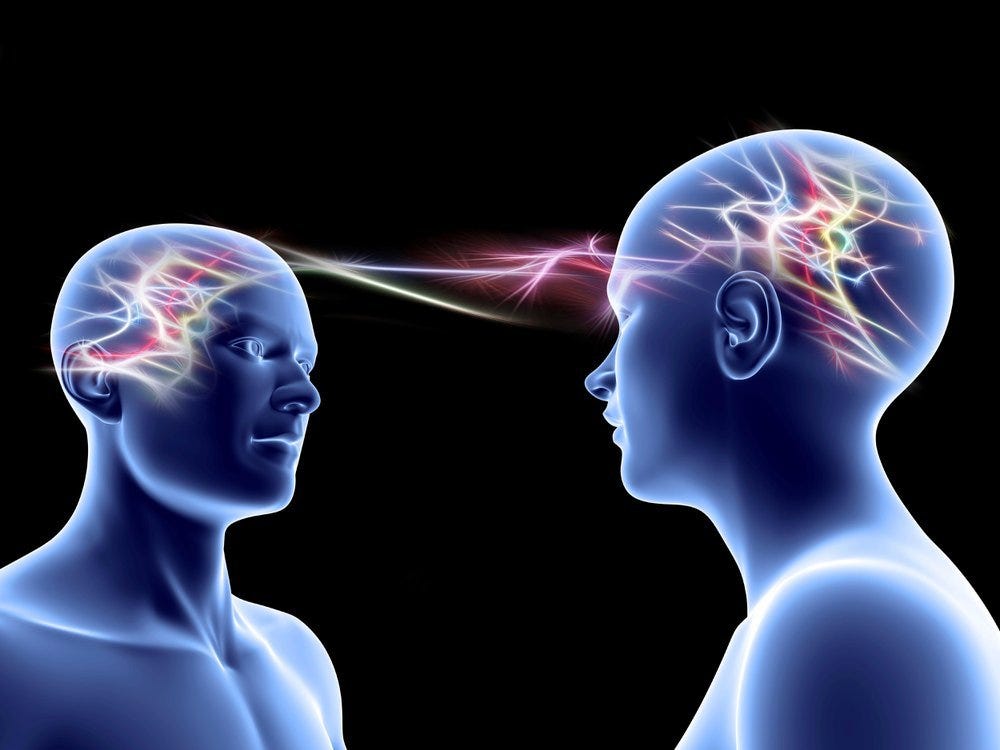
But is such technology ever possible? Would we be ever able to figure out what someone is thinking and then perform actions accordingly? In short, the answer is a blurred ‘Yes’.
Telepathy in Sci-Fi and Entertainment
Mentalists often use mind-reading to fool people into thinking that they are controlling their thinking process. They not only pretend to know what card you have chosen or what song you are thinking about but also seem to know what choices you’ll make in a near future. Of course, they resort to some devious trickery. You know what, I am something of a magician myself ;-)
The most popular sci-fi novels that feature telepathy are Slan by A.E. Van Vogt and Foundation series by Isaac Asimov. In Slan, human mobs hunt for Slans, who are telepathic humans capable of reading the innermost thoughts of humans. In Foundation, a prediction about the downfall of an empire goes wrong when scientists fail to predict the birth of Mule, a mind reading mutant who controls and seizes the power of the entire empire.

So where does our current technology stand in the path to achieve this superpower? What technologies are being researched upon? Let’s find out.
Lie Detectors
The earliest known lie detector was created by Indian priests around 500 B.C. A “magic donkey” and the suspect were put in a dark tent and then the suspect was asked to pull the donkey’s tail. If the donkey spoke, it meant that the suspect was lying. To proclaim his innocence, the suspect would say that the donkey didn’t talk. However, unbeknownst to him, the priest would secretly put some soot on the donkey’s tail in the beginning. The priest would then check his hands. If his hands were clean, it meant that he was lying.
The first “magic donkey” in the modern era was created by William Marston(the same guy who created DC comics character Wonder Woman). Marston’s wife Elizabeth pointed out that her blood pressure rose when telling a lie. However, it has been discovered that sociopaths(persons who show no feelings toward their actions) are easily able to dodge such lie detection tests.
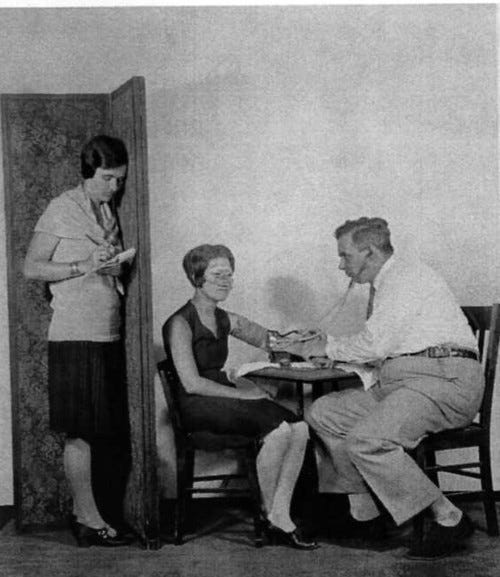
EEG, PET and MRI
In 1875, English physician Richard Caton discovered that upon placing electrodes on the head of a rabbit, electric impulses emitted by its brain were observed. This eventually led to the invention of the electroencephalograph(EEG), a device that measures voltage fluctuations caused due to the current flowing within neurons of the brain.
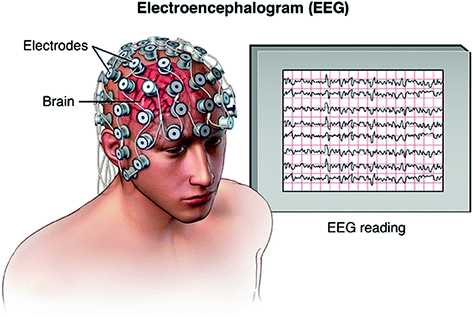
Quantum Revolution brought with it the potential to develop instruments that enable us to look inside the brain and understand how it works. Two leading technologies are Positron Emission Tomography(PET) and Magnetic Resonance Imaging(MRI).
In a PET scan, radioactive substances called radiotracers are injected into the blood. Different parts of the brain require energy for thinking, and when this happens, the radiotracer gets concentrated in the activated parts. It emits a positron (anti-matter counterpart of electrons) which travels a short distance inside brain tissues before getting annihilated after coming in contact with an electron.
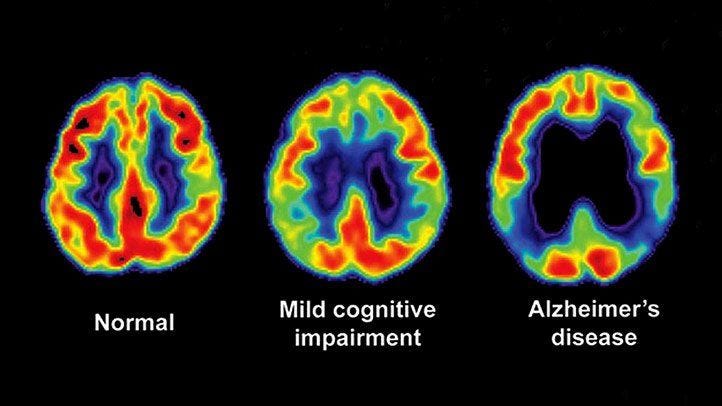
Annihilation produces a photon that can be detected using scanners. By tracing out the movements inside the brain, the patterns of thought can be traced to understand which part is involved in which activity.
In an MRI scan, the subject’s head is placed inside a strong doughnut-shaped magnetic field. The protons of the atoms in the brain get aligned in the direction of the magnetic field. When radio waves are sent into the brain, their alignment gets changed. When the protons realign, they emit energy that can be detected by MRI sensors.

Universal Translator
A universal translator is sci-fi interpreter used to translate an alien language to a known native language.
Detecting the movement of each neuron is extremely difficult because millions of neurons are involved in even the simplest tasks. One possibility is to reduce the noise detected in a scan, zero in on the fMRI (functional MRI) pattern created by individual words and construct a dictionary of thoughts.
At Carnegie Mellon University, Marcel A. Just, Tom Mitchell and others are researching upon thought identification using fMRI. Tom uses machine learning and neural networks to detect brain patterns that are generated while performing specific tasks. A subject is asked to think about an object from given 12 categories. By training machine learning algorithms to decode the fMRI patterns, Tom is able to identify what the subject is thinking about.

Handheld MRI Scanners
An MRI scanner is a huge doughnut-shaped machine, so its size is a significant hurdle to realize practical telepathy. Inventors Michael Romalis and Igor Savukov of Princeton University have developed a high sensitivity magnetometer that can detect very weak magnetic fields. Firstly, they increase the magnetic polarization of potassium vapours suspended in helium gas to enhance their sensitivity and then use laser light to identify the characteristics of such low magnetic fields.
Such a small MRI scanner if developed can be coupled with software capable of decoding the thinking patterns of the brain and this would serve as a major leap forward in mimicking the action of telepathic devices seen in sci-fi.
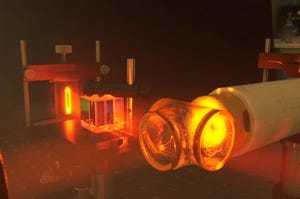
Brain Computer Interface
There is a significant difference between a brain and a digital computer that makes it difficult to create a real-life telepathic machine. The calculations that a digital computer performs are localized in the Central Processing Unit(CPU) and obey a rigid set of rules.
The human brain, on the other hand, is like a neural network. MRI studies have shown that thoughts generated in our brain are not localized at one spot but are spread over a wider region. This makes it increasingly difficult for us to track each and every thought pattern of our brain at the same instant. Is it possible to establish a one-to-one correspondence between specific thoughts and their MRI/EEG scan results?
Biomedical engineer Gert Pfurtscheller has developed a direct brain-computer communication system that recognizes specific brain patterns generated while performing simple tasks like smiling and lifting a finger by analyzing EEG scans. Further research may help us isolate individual thoughts and reveal what the subject is thinking.
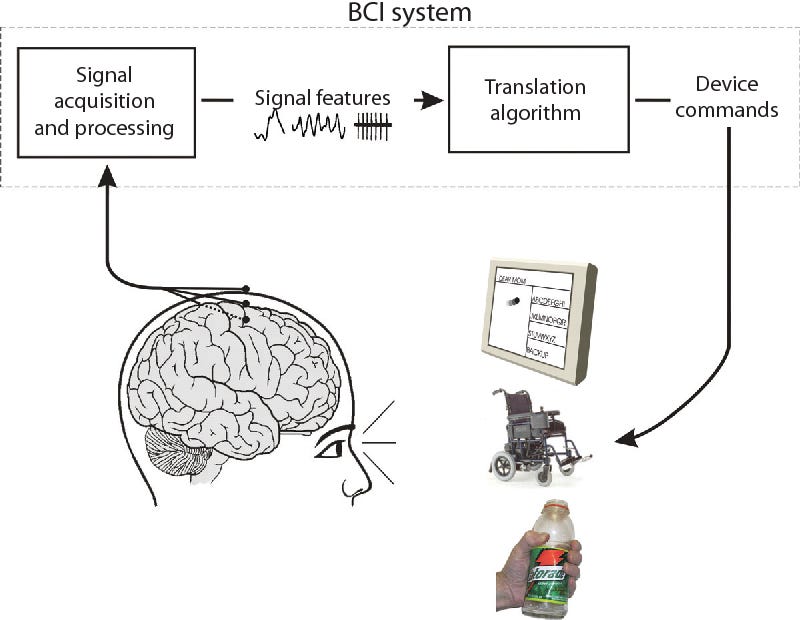
Mapping Your Brain
Human Genome Project (HGP), was an international research program whose goal was to completely map all the genes present in the human body. Can a similar feat be achieved by mapping all of 86 billion neurons in our brain? This will allow us to create a 3D model of the brain and track individual thought patterns. This may allow us to know every single thing that the subject is thinking about and then create a dictionary of thoughts.
A major breakthrough was achieved in 2006 at Allen Institute for Brain Science when researchers were able to create a high-resolution 3D model of a mouse brain. The Allen Mouse Brain Atlas provides a detailed map of how genes change during the development of the brain across its life span. In 2011, the institute released the Allen Human Brain Atlas, successfully mapping two human brains with 94% similarity between the two.
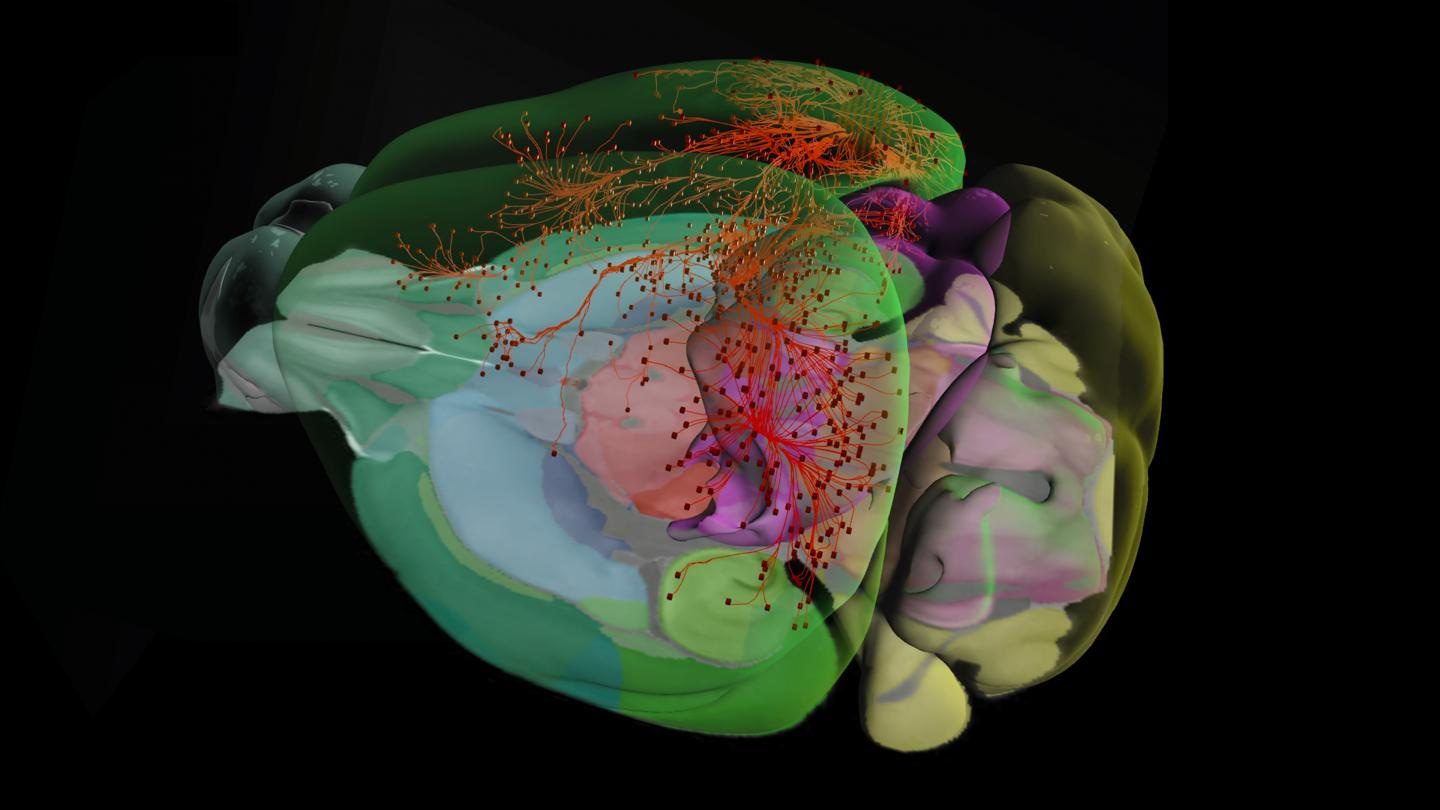
Future
Lying is considered an essential component of a society’s progress. A little bit of lying helps to keep things going at least in the short run. If a true lie detector is created, our most intimate thoughts, hidden emotions, deepest desires and secret plans would be exposed. Social interactions would become almost impossible.
Pinpointing individual thoughts and establishing one-to-one correspondence is beyond our reach for now and looks good only in sci-fi movies. However, within a century, it may become possible to create a dictionary of thoughts to identify general thought patterns pertaining to certain subjects. This could be done by combining MRI/EEG scan results with machine learning techniques and more precise mapping of the brain by increasing the computational power and shrinking the size of our MRI machines.
References:
Michio Kaku, Physics of the Impossible
Positron Emission Tomography - Wikipedia,
A High Sensitivity Atomic Magnetometer For The Detection of Nitrogen-Containing Explosives - Princeton Research
Susan M. Sunkin, Lydia Ng, Chris Lau, Tim Dolbeare, Terri L. Gilbert, Carol L. Thompson, Michael Hawrylycz, and Chinh Dang - Allen Brain Atlas: an integrated spatio-temporal portal for exploring the central nervous system - NCBI, 27 Nov 2012
Allen Institute for Brain Science announces first comprehensive gene map of the human brain - Allen Institute, April 12, 2011




Well-articulated...
Hats off to this content.🙌🏻🙌🏻
Fascinated and disturbed as i envision many ways such technology could be used for benefit and harm. As I see it at 78, those that would benefit will find such technology rare and exorbitant while those with means and power will use a full span of motivations to develop a massive array of applications as ethicists, philosophers, and law makers attempt to define safe passage through this burgeoning mine field.